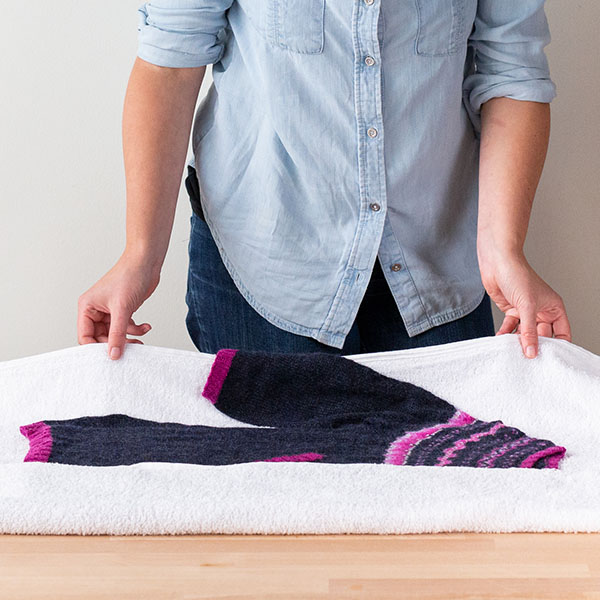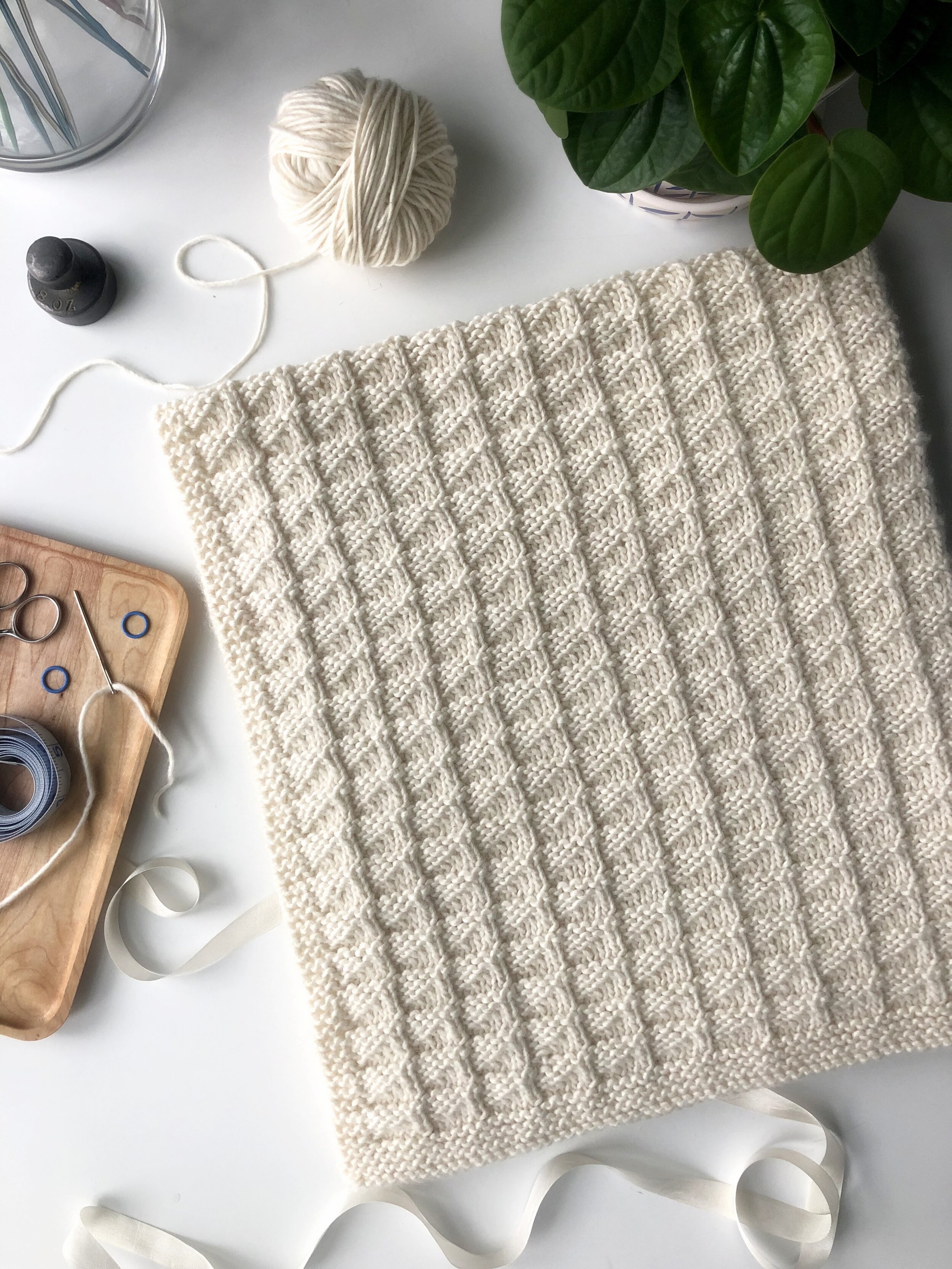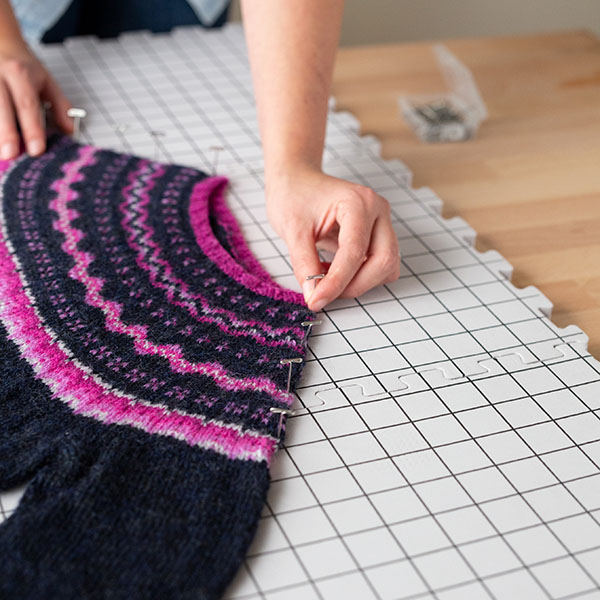Blocking Knits
Blocking Knits - Then lay it on a fresh towel on a flat surface, and pin the knitted garment in the shape you want, or according to the measurements specified in the pattern. If your knitwork has ribbing, don’t stretch it out too much as it will lose its elasticity. I do this by submerging my knitting and pressing out the bubbles. I do this by submerging my knitting and pressing out the bubbles. How to block your knits. During its first wash, a knitted garment will undergo a profound change — for a woolen handknit, the fibers will plump up and cohere into a beautifully even and sturdy fabric. Web what is blocking? Fill your sink or basin with cool water and a squeeze of wool wash (or shampoo). 166k views 7 years ago knitting concepts. Why blocking is an essential last step in knitting. Fill your sink or basin with cool water and a squeeze of wool wash (or shampoo). Do not rub, twist, or wring a handknit. You’ll use these to hold your item in its correct shape as it dries. How do you block knitting without mats? For seamed projects (like a sweater) it is sometimes preferable to block the individual pieces. Web blocking knits is a way of forming your project into a more perfect shape. Web what is blocking? Web you can block your knits by laying them out on the bed or even on the floor. You don’t want to agitate your knit too much. Before blocking knitting, weave in all loose ends; Steam, wet and spray blocking. Before blocking knitting, weave in all loose ends; Web blocking knits is a way of forming your project into a more perfect shape. Doing so may distort the stitches beyond correction. Why blocking is an essential last step in knitting. Blocking your finished knitting project makes a big difference in the appearance of your project! Should you block every project? How do you block knitting without mats? Web do you block your knitting? Web blocking is an essential but often overlooked step in knitting. Why blocking is an essential last step in knitting. Web blocking is one of the most transformative processes in knitting. Wondering if your project really needs to be blocked? You don’t want to agitate your knitting too much. I do this by submerging my knitting and pressing out the bubbles. Web blocking is an essential but often overlooked step in knitting. During its first wash, a knitted garment will undergo a profound change — for a woolen handknit, the fibers will plump up and cohere into a beautifully even and sturdy fabric. Some fibres (cashmere, silk) take longer to become saturated with water. While your item is soaking, set up. While your item is soaking, set up the surface that you will be using for blocking. Some fibres (cashmere, silk) take longer to become saturated with water. How do you block knitting without mats? Scroll to the bottom of this post and see a couple before and after comparisons. The whys & hows of blocking for all knitting projects. Should you block every project? Web blocking knits is a way of forming your project into a more perfect shape. In this video, i show you what yarns should be blocked an. There are several techniques you can use to block knitwear, including wet, dry, steam, and damp blocking. To squeeze out the excess water from your knitting. You’ll use these to hold your item in its correct shape as it dries. Web there are different methods for blocking knit pieces, and knowing which one to use for a particular project can make all the difference in achieving a successful result. Web how to block knitting in 7 steps: Web blocking can be done in any state of. Blocking wires (not essential but nice, especially for. But special foam blocking mats are also a great choice, and some even come with grid markings to help with measuring. I do this by submerging my knitting and pressing out the bubbles. I do this by submerging my knitting and pressing out the bubbles. Why blocking is an essential last step. They have a series of rust proof pins secured in a plastic casing. Blocking your finished knitting project makes a big difference in the appearance of your project! How it works and what you need to be aware. 6 steps to block your hand knits. How to block your knits. For seamed projects (like a sweater) it is sometimes preferable to block the individual pieces to ensure they are all of the exact same size and your seams end up nice and neat. Before wet blocking anything, check its label for instructions to avoid causing any irreversible damages to it. Web there are 3 methods of blocking: Fill your sink or basin with cool water and a squeeze of wool wash (or shampoo). Wondering if your project really needs to be blocked? Before blocking knitting, weave in all loose ends; Blocking socks and hats is a little different, so we'll discuss that process below. Web fill your sink or basin with lukewarm water and wool wash if desired. I do this by submerging my knitting and pressing out the bubbles. Blocking is a method of stretching and shaping a finished knitted piece to reach the dimensions suggested in the pattern, to make two pieces that need to match the same size, or to make your stitches look nicer and more even. No matter what method you use, the blocking process will stretch and smooth your stitching.
3 Things Blocking Knits Can Fix (and 3 Things It Can’t) Knitting

How to Block Your Knits Knitting Blocking YouTube

How to Block Knitting YouTube

How to Block Your Knitting Cocoknits

Tutorial Blocking Knits KnitPicks Staff Knitting Blog
![]()
Blocking Knits, When and How to Block Knitwear PurlsAndPixels

Blocking Knits How To Block Knitting Guide Knitting basics

How to Block Knitting Blocking a Hand Knit Blanket Tutorial Final

Tutorial Blocking Knits KnitPicks Staff Knitting Blog

Blocking Knits 3 Ways To Reshape Your Knitting Handy Little Me
Scroll To The Bottom Of This Post And See A Couple Before And After Comparisons.
Why Blocking Is An Essential Last Step In Knitting.
How To Block Your Knitting.
You Don’t Want To Agitate Your Knitting Too Much.
Related Post: